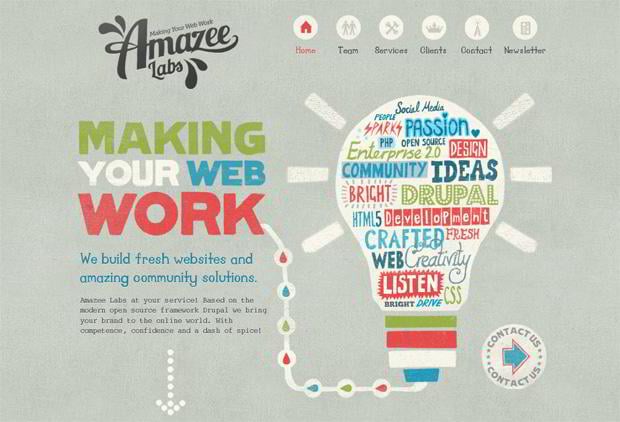Eager To Find How Internet Site Design Has Transformed In Time? Dive Into The Evolution From Simplicity To User-Focused Experiences.
Eager To Find How Internet Site Design Has Transformed In Time? Dive Into The Evolution From Simplicity To User-Focused Experiences.
Blog Article
Written By-Lamb Dodson
In the past, internet sites were easy and focused on information. Navigation was direct, and layout was for desktops. Currently, great post to read is crucial. Data guides styles for very easy navigation. Responsive layouts fit different gadgets. Today, dark setting decreases pressure, and minimal food selections enhance navigation. Interactive features involve individuals, and bold visuals stand out. AI combination boosts involvement. See exactly how design has advanced to improve your online journey.
Early Days of Website Design
In the early days of web design, simpleness preponderated. Websites were basic, with limited colors, fonts, and designs. The emphasis got on giving info rather than showy visuals. Individuals accessed the internet through slow dial-up links, so rate and capability were crucial.
Navigating food selections were straightforward, normally situated at the top or side of the web page. Internet sites were created for computer, as mobile surfing wasn't yet prevalent. Content was king, and developers prioritized easy readability over complex style elements.
HTML was the key coding language used, and developers needed to work within its constraints. Computer animations and interactive functions were marginal compared to today's requirements. Sites were fixed, with little vibrant material or customized individual experiences.
Rise of User-Focused Style
With the advancement of site layout, a shift towards user-focused layout principles has actually become significantly popular. Today, creating web sites that focus on customer experience is crucial for involving site visitors and attaining business goals. User-focused style entails comprehending the requirements, choices, and behaviors of your target market to tailor the internet site's layout, web content, and includes accordingly.
Designers currently perform detailed study, such as customer surveys and functionality testing, to gather insights and feedback directly from individuals. This data-driven method assists in producing user-friendly navigation, clear calls-to-action, and visually attractive interfaces that resonate with visitors. By putting the individual at the facility of the style procedure, internet sites can deliver a much more tailored and satisfying experience.
Responsive style has additionally emerged as a key facet of user-focused layout, guaranteeing that websites are enhanced for different tools and screen sizes. This flexibility enhances access and use, dealing with the diverse ways users interact with sites today. In essence, the surge of user-focused layout represents a change in the direction of producing digital experiences that focus on the needs and expectations of the end individual.
Modern Trends in Web Design
Explore the current trends forming website design today. One prominent trend is dark mode style, supplying a sleek and modern-day look while reducing eye stress in low-light environments. Another key pattern is minimal navigation, simplifying food selections and enhancing customer experience by concentrating on essential elements. Integrating micro-interactions, such as animated switches or scrolling impacts, can develop an extra appealing and interactive site. Receptive layout stays essential, making sure seamless customer experiences throughout numerous gadgets. Furthermore, using strong typography and unbalanced layouts can add visual rate of interest and draw attention to specific web content.
Incorporating accessible website design , like chatbots for consumer support or individualized referrals, improves customer interaction and streamlines processes. Ease of access has likewise come to be a substantial trend, with developers focusing on comprehensive style methods to accommodate varied user demands. Embracing sustainability by optimizing site efficiency for rate and performance is another arising fad in website design. Collaborating with individual comments and information analytics to repeat and boost style constantly is crucial for staying appropriate in the ever-evolving digital landscape. By embracing these contemporary fads, you can create an aesthetically enticing, easy to use internet site that reverberates with your audience.
Final thought
As you review the development of site style from the very early days to currently, you can see just how user-focused layout has actually become the driving pressure behind contemporary patterns.
Welcome the trip of change and adaptation in website design, always maintaining the customer experience at the center.
Keep present with the latest patterns and modern technologies, and never ever stop progressing your approach to develop aesthetically sensational and user-friendly web sites.
Evolve, adapt, and produce - the future of web design is in your hands.
